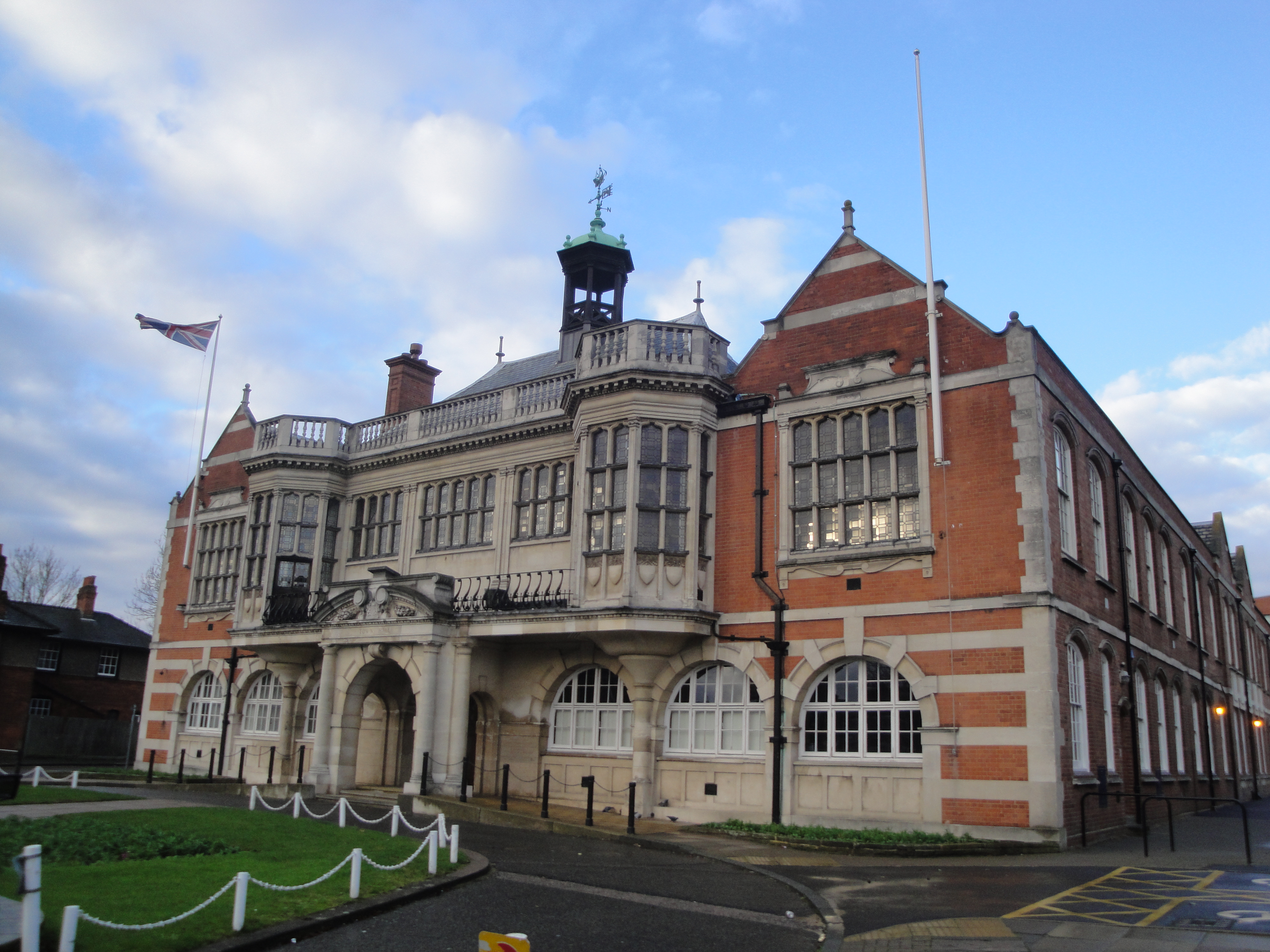T. H. Watson on:
[Wikipedia]
[Google]
[Amazon]
 Thomas Henry Watson (1 November 1839 – 13 January 1913) was a British architect.
Thomas Henry Watson (1 November 1839 – 13 January 1913) was a British architect.
Early life
He was born on 1 November 1839, the son of John Burges Watson (1803–1881), architect of the picturesque landmark, Duck Island Cottage inSt James's Park
St James's Park is a urban park in the City of Westminster, central London. A Royal Park, it is at the southernmost end of the St James's area, which was named after a once isolated medieval hospital dedicated to St James the Less, now the ...
.
In 1863, Thomas Watson became an associate and graduate of the Royal Institute of British Architects
The Royal Institute of British Architects (RIBA) is a professional body for architects primarily in the United Kingdom, but also internationally, founded for the advancement of architecture under its royal charter granted in 1837, three suppl ...
, passing their exams in the class of proficiency. In 1863 and 1864, he was awarded the Sir W. Tite Prize and a medal of merit. In 1866, he passed the exams in the class of distinction.
Career
Watson designed St Luke's Church, Deptford, London, which was built from 1870 to 1872. In January 1875, it was reported in '' The British Architect'' that Watson had been elected as District Surveyor for St George, Hanover Square (North), and was described as "a very accomplished architect". In the same article, it was noted that Watson was a past president of theArchitectural Association
The Architectural Association School of Architecture in London, commonly referred to as the AA, is the oldest private school of architecture in the UK. The AA hosts exhibitions, lectures, symposia and publications. History
The Architectura ...
.
In 1900, he designed Hendon Town Hall
Hendon Town hall is a municipal building in the Burroughs, Hendon, London. The town hall, which serves as a meeting place for Barnet London Borough Council, is a Grade II listed building.
History
In the late 19th century the local board of heal ...
, in north London, which is now a Grade II listed
In the United Kingdom, a listed building is a structure of particular architectural or historic interest deserving of special protection. Such buildings are placed on one of the four statutory lists maintained by Historic England in England, H ...
building.
His son A.M. Watson was also an architect, and by 1904, they had formed the architectural practice T.H. Watson and A.M. Watson.
Together with his son A.M. Watson, they designed a new house at Whitney Court, Whitney-on-Wye, Herefordshire, in 1898.
In 1901–02, Watson designed Ashland House for Portland Industrial Dwellings (independent of, but part-owned by the Portland Estate) in London's Marylebone
Marylebone (usually , also ) is an area in London, England, and is located in the City of Westminster. It is in Central London and part of the West End. Oxford Street forms its southern boundary.
An ancient parish and latterly a metropo ...
, on the corner of Ashland Place and Paradise (Moxon) Street. In 1904, T.H. Watson and A.M. Watson designed a building for them at 9 Garbutt Place. However, in 1908, they turned down the opportunity to develop a site on the corner of Paradise Street and Ossington Buildings, which was designed by architect was W. Henry White instead.
Personal life
His son A. M. Watson was also an architect. He died on 13 January 1913.References
{{DEFAULTSORT:Watson, TH 1913 deaths 1839 births 19th-century English architects 20th-century English architects Architects from London